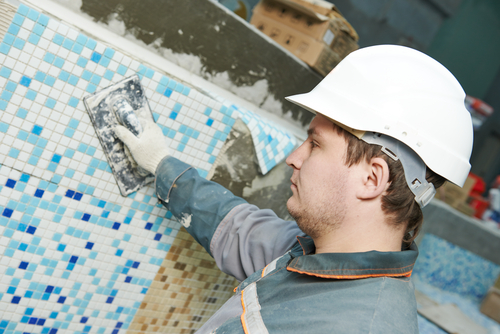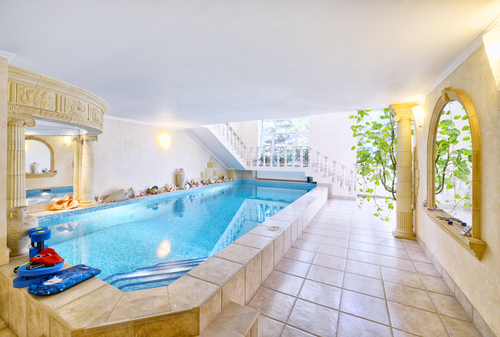Nothing lasts forever, and swimming pools are no exception. No matter how sturdy or expensive your pool is, it’s eventually going to become damaged due to exposure, shifts in the earth, and water’s ability to slowly dissolve almost anything it comes in contact with.
Luckily for you, redoing pool in San Diego isn’t as complicated or as expensive as many people think. It’s actually an excellent opportunity to mix things up and renovate your pool in a way that changes its appearance or even its size to better fit your home.
Last month, we wrote about pool resurfacing and explained what happens if you don’t resurface your pool. Now we’ll delve deeper into the topic of pool renovation and tell you how to get the most out of it. Read on to learn more.
How do you renovate a pool?
Unless you have a background in swimming pool construction, the safest and most efficient way to renovate a pool is to pay the pros to do it for you. Trying to cut corners by doing it yourself is likely to result in an unusable pool and a lot of wasted money.

Worst case scenario, you may end up building a pool that wouldn’t pass a safety inspection. Not only would this require further renovations to fix the problem, but it could also result in injury for you or another member of your household.
If your pool needs renovation, the wisest course of action is to contact a reputable pool contractor and consult with them. Their technicians will hear you out and advise you on how to proceed.
A typical pool renovation follows these steps:
- Step #1:
First, the pool needs to be drained of water. This process takes 6-12 hours and is done using a specialized submersible pump.
- Step #2:
The surface of the pool is then chipped and primed. This takes about half a day, depending on how large the pool is.
- Step #3:
Tiling is done at this point (if the pool owner requested it). Depending on the number of tiles, this normally takes between one to two days.
- Step #4:
Pool surface material is applied. How long this takes and how it’s done depends on the type of material used.
- Step #5:
Once the surface has settled, water is gradually added into the pool.
- Step #6:
The water is chemically balanced so as to prevent algae and bacterial growth, and to ensure it’s safe for long-term use.
Can you enlarge an existing pool?
This depends on the type of pool you have. For example, fiberglass pools are actually a single solid piece of fiberglass, so they can’t really be enlarged or shrunk. On the other hand, concrete can be poured and shaped in a million different ways, making it the ideal material for when you want to change the size or depth of your pool.

As always, give your preferred pool contractor a call and tell them what pool you have and how you want to change it. They will send someone over to your place to examine your pool and give you a general idea of what you can expect.
Where can I find first-rate pool contractors in San Diego?
Are there stains or cracks in the surface of your swimming pool? Maybe you’d like to add extra features to it, such as ladders or stairs? Or perhaps you’re unhappy with how small your pool is, and you’d like to make it as big as the Kearny Mesa Pool?
Whether you want to get a new spa or start redoing a pool in San Diego, you’ve come to the right place. So Cal Custom Pools & Spas is an award-winning pool contractor that provides the full range of pool and spa services. Reach out to us today.
We’ll solve all your pool-related problems before you know it!



 5-Star Pool Builder
5-Star Pool Builder
 5-Star Rating on Facebook
5-Star Rating on Facebook
 We are on Angie's List
We are on Angie's List




